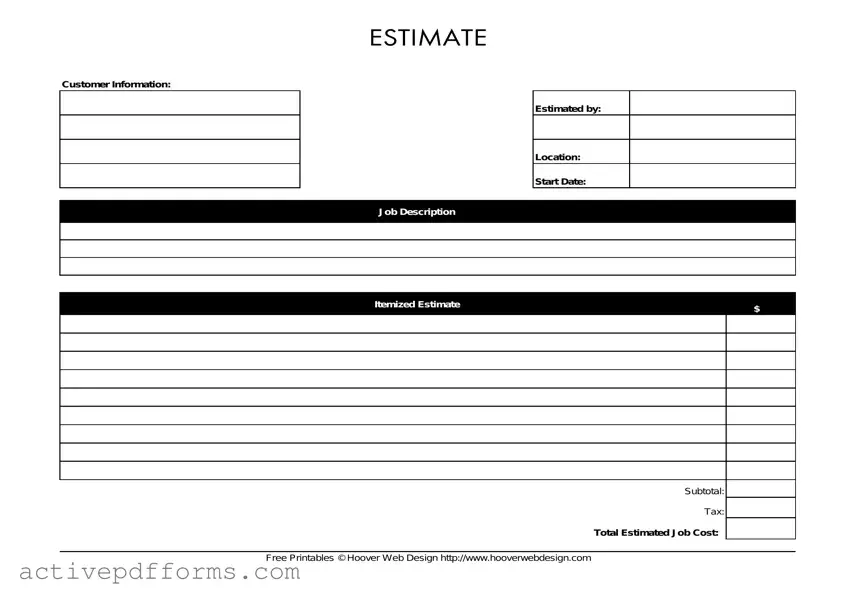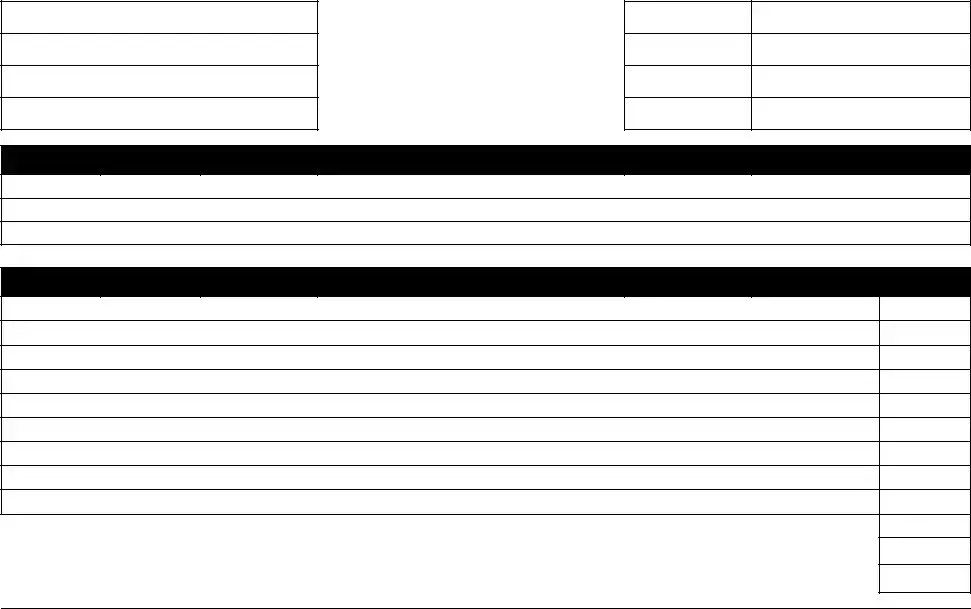When venturing into new projects or services, understanding the financial implications is crucial for both providers and clients. The Estimate form serves as a critical document in many industries, effectively bridging the initial communication gap between service providers and potential clients about the cost of proposed services or projects. This document lays out a detailed projection of expenses, often including labor, materials, and other associated costs, giving clients a clear picture of what to expect financially. Furthermore, it can protect all parties involved by ensuring that expectations regarding cost are aligned before any commitment is made or work begins. Whether you are a contractor, freelancer, or part of a larger organization, mastering the art of creating a comprehensive and accurate Estimate form is indispensable. It not only enhances transparency and trust between parties but also streamlines the negotiation process, helping to avoid misunderstandings and establish a solid foundation for future work relations. The proper use and understanding of this form can greatly influence the success and efficiency of project planning and execution.

